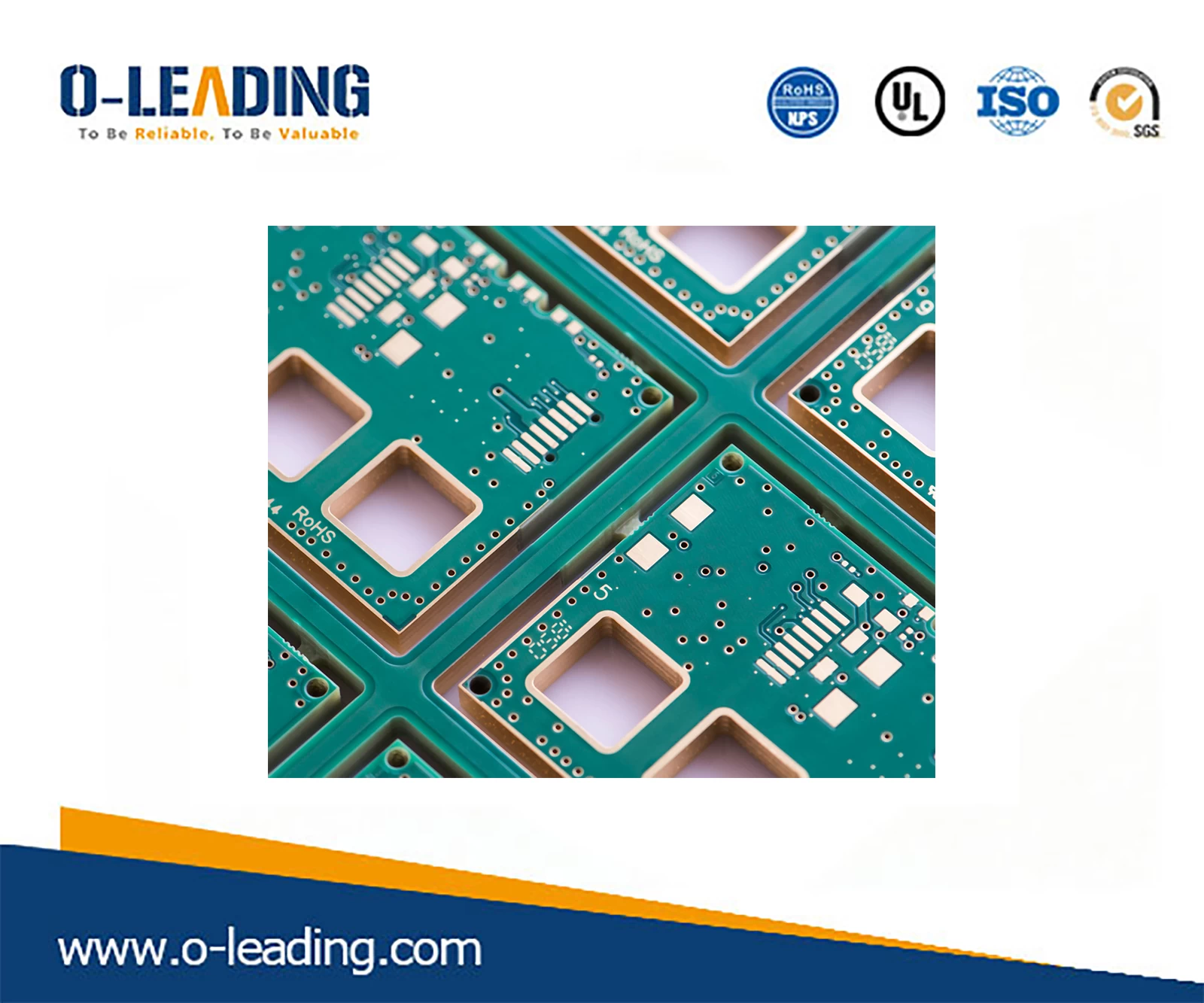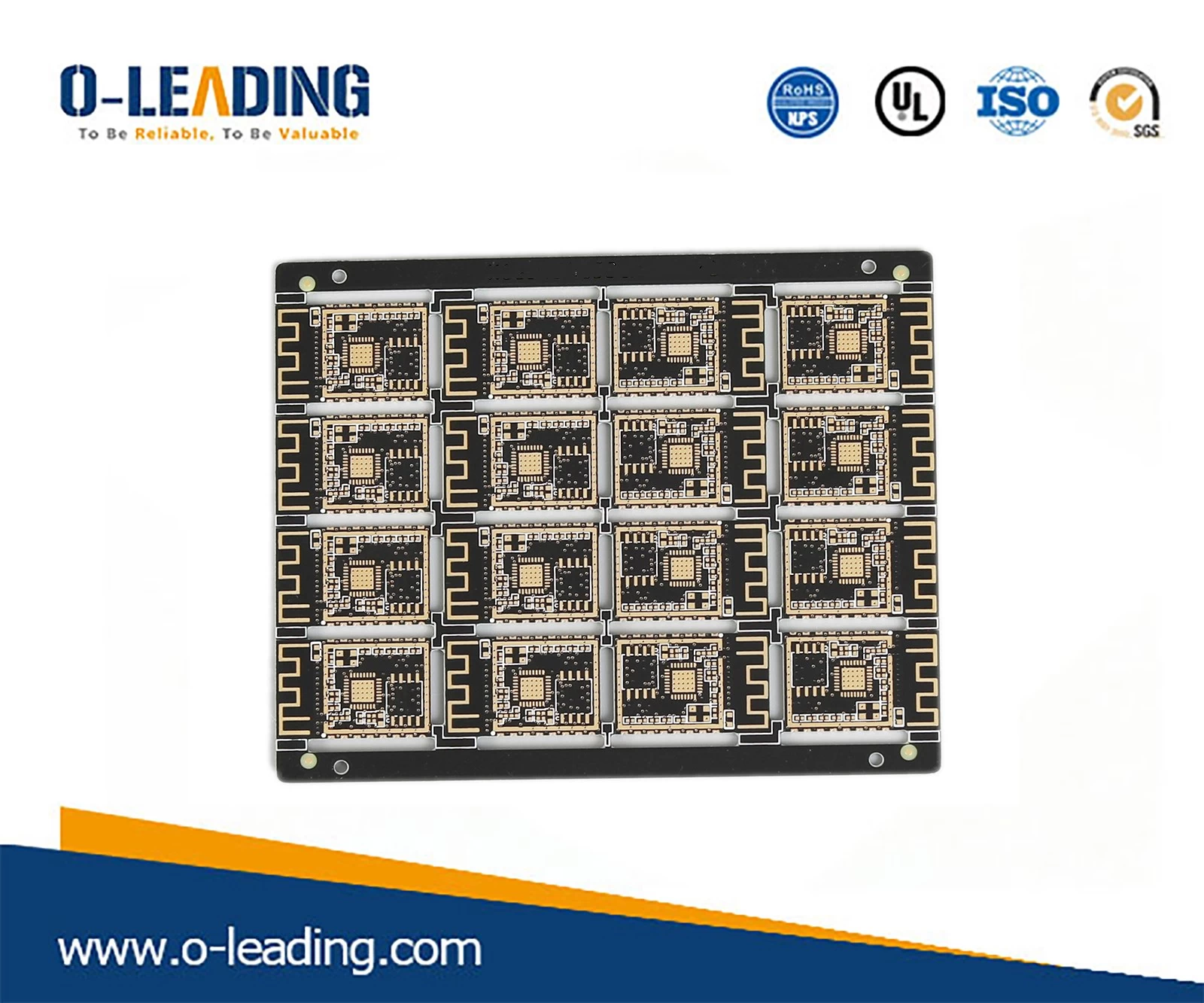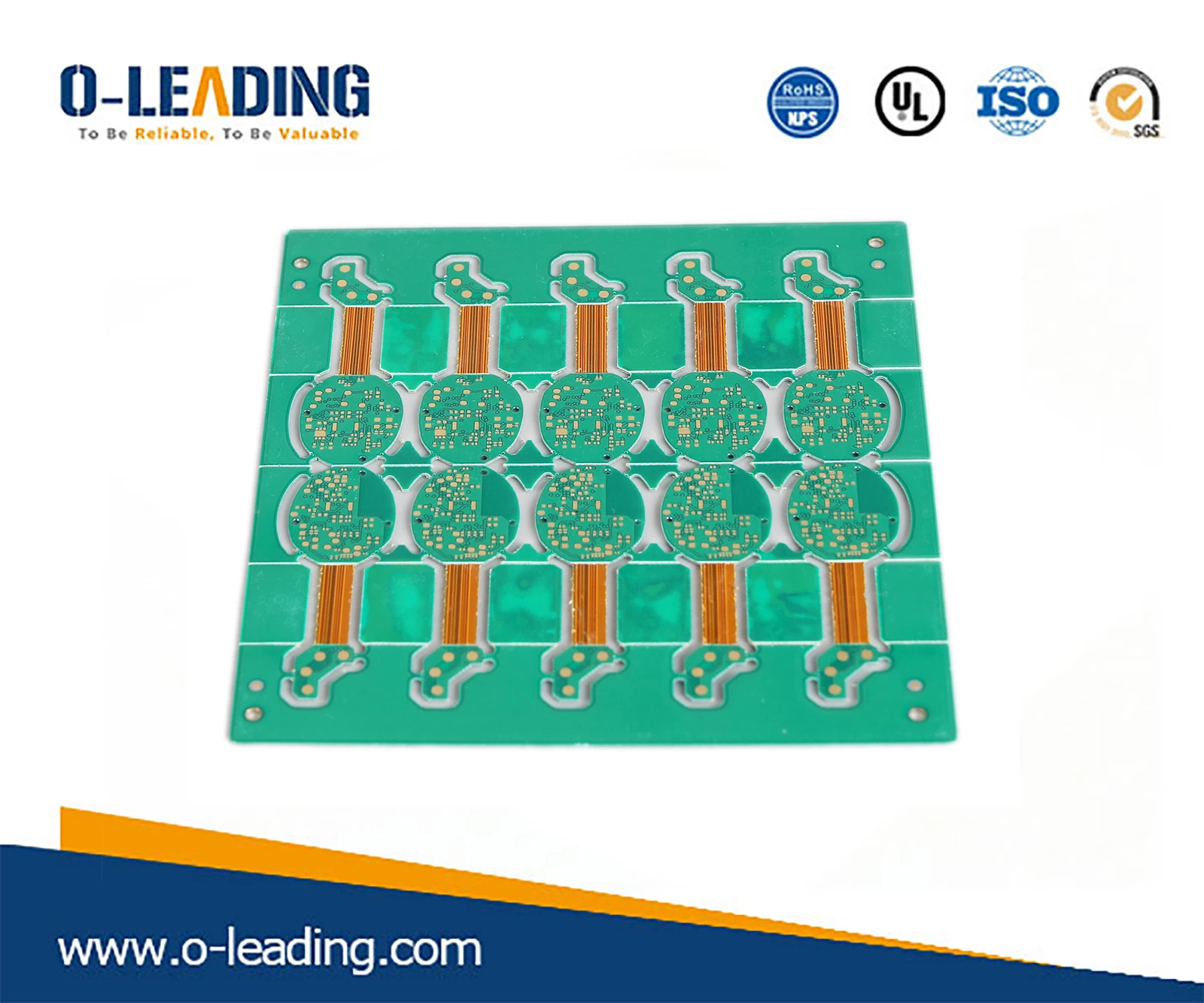PCBA standard cleaning process
Highly reliable applications require a controlled, sophisticated post-weld cleaning process. With the high frequency and high speed of modern electronic products, the increase of PCB wiring density and the miniaturization of chip lead pitches, the requirements for cleanliness of PCBA are getting higher and higher, and the clean processing after soldering has been improved. An important process for PCBA process reliability is an important step in ensuring optimum quality and performance of the three-coating. Aluminum PCB manufacturer china.

2. Composition of pollutants
Contaminants consist of ions (polar), non-ionic (non-polar) and fine dirt. Ionic contaminants are composed of flux activators, residual plating salts, and process contaminants; non-ionic contaminants include rosin, oil, grease, molten liquid, and reacted non-volatile residues in free materials. Tiny contaminants consist of solder balls or solder slag, operating dirt, holes or dust and particulate matter in the air.
Human sweat belongs to a kind of salt. After the liquid component in the sweat evaporates, the trace solid component left is NaC1 (salt), which is hidden in the fingerprint to contaminate the PCB surface. Therefore, no human hand (without gloves) is allowed to directly touch the PCB surface.
LED PCB manufacturer china.

3. Polar pollutants
A polar contaminant is a contaminant that forms ions when dissolved in water. For example, when a salt deposited by a human finger is dissolved in water, the NaCl molecule is freed into a positive Ni ion and a negative Cl ion. In the ionic state, NaCl increases the conductivity of water, which may cause signal changes in the circuit, resulting in electromigration and corrosion. Typical polar contaminants come from electroplated and etched materials, chemicals in PCB or component manufacturing processes, synthetically catalyzed active agents in rosin or flux, flux reactants, and precipitates from manual processing.
MCPCB Manufacturer china.

4. Non-polar pollutants
Non-polar contaminants are contaminants that do not form ions when dissolved in water. They may be hydrophilic or hydrophobic (usually oleophilic). Moisture absorbing materials may promote the formation of a surface water film, resulting in a decrease in surface insulation resistance and, under appropriate conditions, electromigration. Water-insoluble non-ionic residue, rosin, synthetic resin, organic compounds in low residual/no-clean flux formulations, flux plasticizers in solder wire (wire), chemical reaction products, grease, fingerprint oil It is composed of insoluble inorganic chemical components and thixotropic additives in solder paste.
5. Fine residue
Mechanical energy is required to remove fine residue. Common fine residues are silicic acid materials from dust, hydrolyzed or oxidized rosins, certain flux reaction products (some white residues), silicone grease, silicone oil, glass fibers in substrates, silicon in solder mask materials. Earth and clay fillers, as well as solder balls and solders.
6.PCBA cleanliness requirements
For the analysis of pollution, not only its impact on appearance and function, but also a warning should be considered. There is a basic standard of tolerance for each type of pollution. The ion contamination test provided by J-STD, the insulation resistance test and other electrical parameter tests conducted under the application environment provided by IPC-TM-650 is a recommended method for establishing cleanliness standards.
































